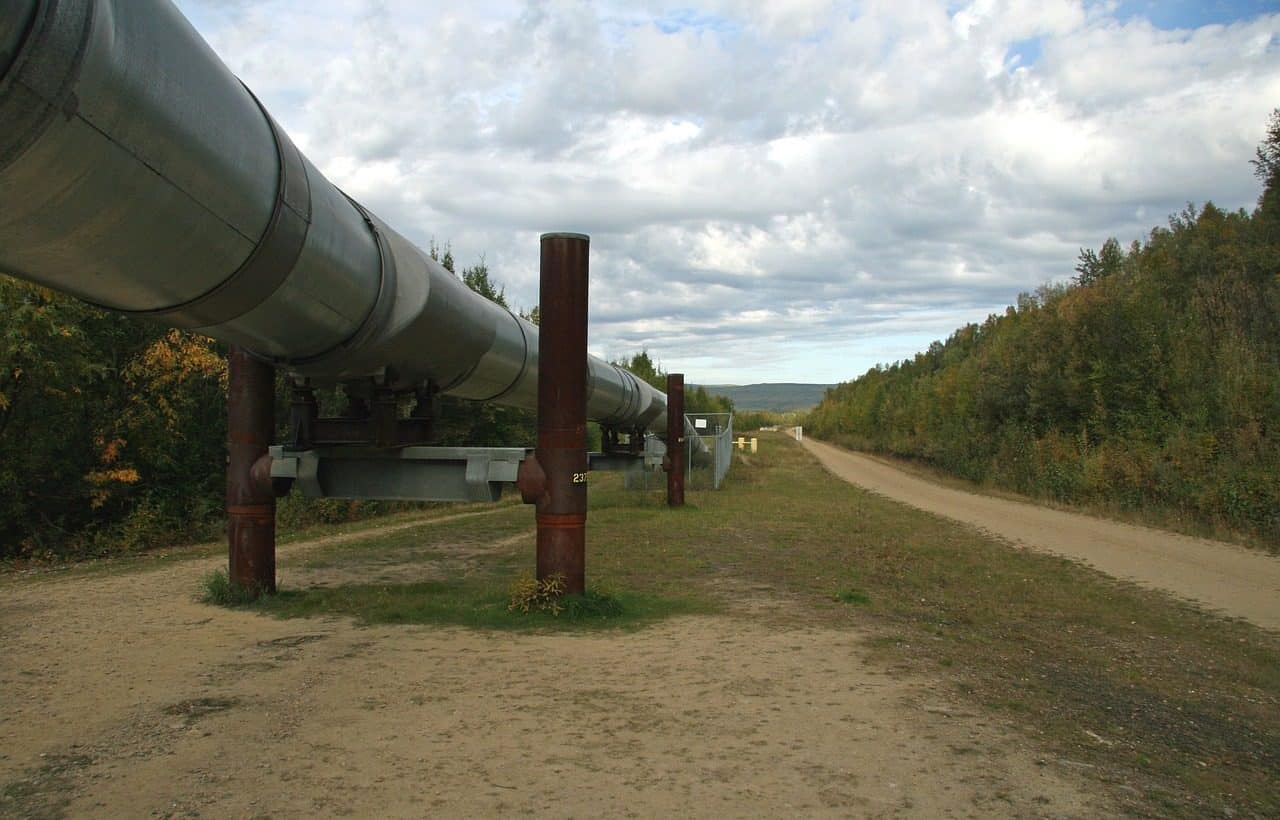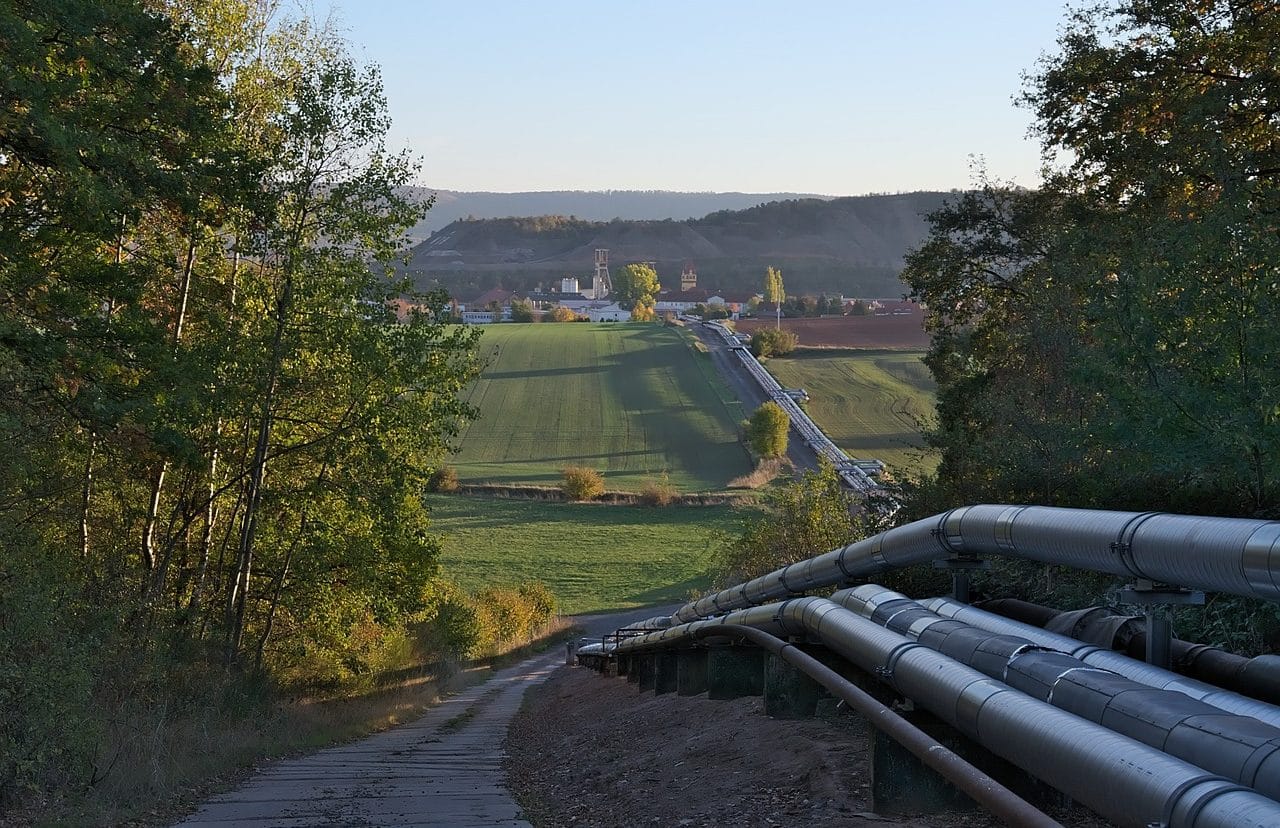
An oil pipeline is a pipe that makes it possible to transport oil.
Pipeline is a concept that comes from two Latin words: olĕum (which can be translated as "oil" ) and ductus (which means "conduction" ). An oil pipeline is a pipe that, equipped with various mechanisms and machines, allows the transfer and conduction of oil and other derived substances across extensive surfaces.
The first oil pipelines were created near the end of the 19th century . Made up of tubes that can be constructed of plastic or metal, pipelines can be developed above ground, underground or even underwater (although, due to the high investment required, underwater pipelines are rare).
Despite this caveat with pipelines installed underwater , most pipelines are economical and easy to build compared to other methods of moving oil. To move the oil within the pipeline, pumps are used that allow the substance to flow through the pipe.
Importance of pipelines
Currently we can say that the oil business cannot be understood without the existence of oil pipelines. And thanks to these, "black gold" can not only be supplied but also refined, processed or exported in a simple, convenient and economical way.
By transporting a substance that is flammable , the existence of pipelines always poses a certain risk. Throughout history there have been various accidents that caused thousands of fatalities. Governments , on the other hand, seek to protect pipelines from terrorist attacks.
Its use in Peru
There are many constructions of this type that have been carried out throughout the world. However, one of the most significant is the North Peruvian Oil Pipeline , which has become one of the most important works in Peru of the last century.
Its construction project began in the 1970s . It is currently made up of a significant set of networks, among which two fundamental branches stand out:
- The main oil pipeline, which begins in the San José de Saramuro area and ends in Bayóvar , after even passing through the Andes .
- The northern branch pipeline, which is identified by being about 270 meters long, connects the previous main station with Andoas .

Oil pipelines emerged at the end of the 19th century.
The Keyston XL Pipeline
In recent years, in the United States another oil pipeline was the focus of great controversy. We are referring to the launch of the Keyston XL pipeline, which has been rejected by different authorities. 1,900 kilometers are what would shape this infrastructure that would be built with the objective of moving oil from Canada to the Gulf of Mexico .
Various factors have caused the project to not prosper. Criticism over the environmental risk of its construction led US President Joe Biden to cancel its development in 2021 .
Similar structures
It should be noted that, when the pipeline transports gas , it is called a gas pipeline . Another similar structure, although intended for water, is known as an aqueduct .
For example: "The road passes a few meters from an important oil pipeline" , "A gas pipeline exploded in the north of the country" , "The Romans built important aqueducts in ancient times" .
